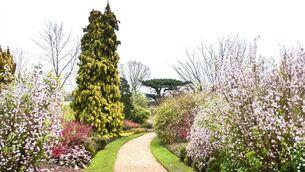Damien Enright: Worrying lack of rain as La Gomera struggles in dead heat

In contrast to floods in Ireland, this island of La Gomera in the Canaries now suffers a worrying deprivation of rain and an increasing occurrence of ‘calimas’, with dead heat, still air, and opaque skies, phenomena rarely experienced when we lived here or during almost annual visits since 1981.
But for the cloud forests, the island would be dry as the Cape Verde Islands, farther south and farther from the coast of Africa.













